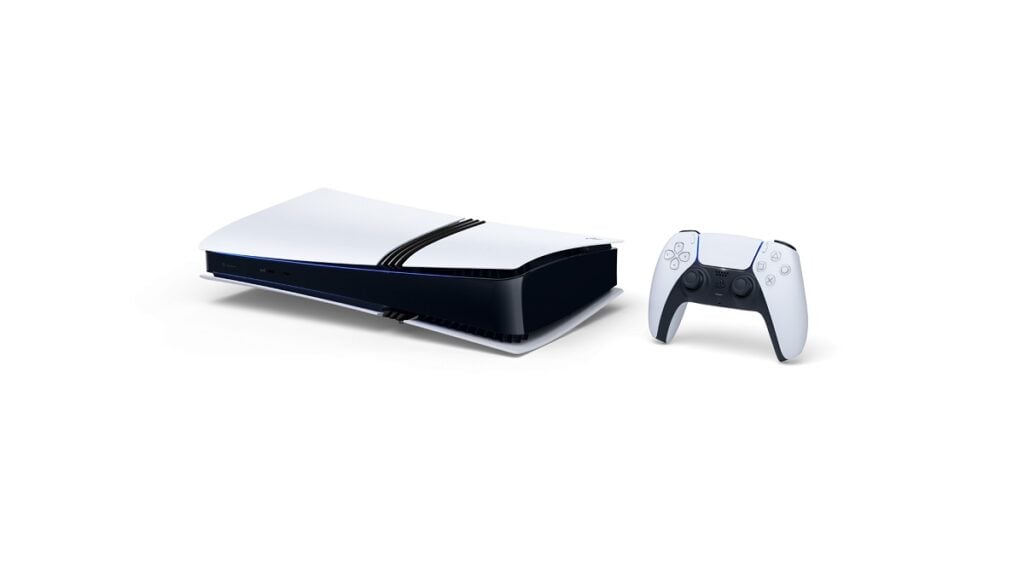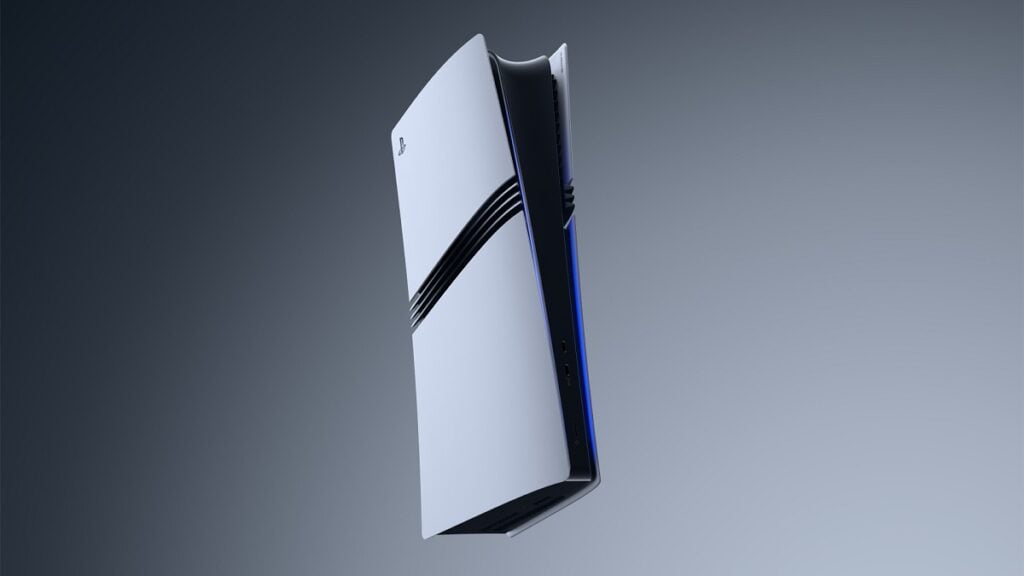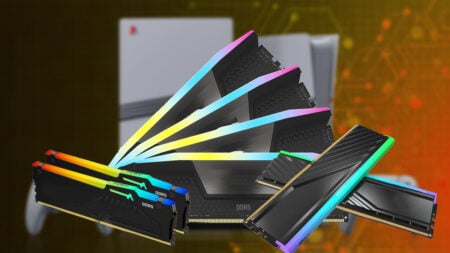Skip To...
I picked a helluva day to drive around the great state of Florida. Yesterday, at around 11:10 a.m., I could hear and feel the flurry of pings and buzzes from my phone rattling in the cup holder beside me. Of course, I didn’t need to pull over to check to see what the fuss was all about — I already knew it was about the PS5 Pro.
As a chronic early adopter of gaming tech, I was pretty happy that Sony’s new, enhanced console would be hitting the market relatively soon, but honestly, I wasn’t dying to know what kind of power it was packing under the hood. For the most part, I was expecting the PlayStation 5 Pro to make similar strides that the PS4 Pro did: offer up more consistent 4K gaming and higher framerates. And this is all the PS5 Pro could really do given the position it’s in. Because Sony mandates (and rightfully so) that any PlayStation 5 title needs to run on both the console SKUs, there’s only so much an enhanced console can do. So this begs the question: why is Sony releasing it in the first place?
The Pessimist

I’ll be the first to admit, there are plenty of things to dislike about the PlayStation 5 Pro. For starters, the lack of a built-in stand is, to put it mildly, bewildering. I’m not sure if Sony has collected data on this sort of thing, but I highly suspect that a lot of current console owners have their PS5 oriented vertically. Sure, it makes more sense to lay it horizontally if you’re trying to slot it into a media stand. Still, there are plenty of gamers who have theirs sitting on a desk, or worse yet… the floor <shudders>, and there’s a real benefit to minimizing the footprint Sony’s curvy console takes up.
The lack of a disc drive makes a bit more sense, once you dig into the numbers. The stats tend to vary from year to year, but as reported by Statista, around 80% of PlayStation games sold in Q1 2024 were digital copies, and year-over-year, the ratio of digital to physical sales continues to rise. In an effort to cut costs, it makes sense that Sony would opt to make the PS5 Pro’s disc drive an optional add-on, but given how the original console shipped with one back in 2020 (with a disc-less PS5 costing $100 less), the PS5 Pro, by comparison, feels like gamers are being shortchanged should they buy in at the $700 mark.
Speaking of price tags, this is probably the most difficult criticism to dissect. Let’s not beat around the bush — $700 (USD) is a lot of money, especially when the cost of living and prices of basic goods have risen steadily over the past few years. Of course, there’s also the matter of inflation, and manufacturing costs, but at the end of the day, the psychology behind purchasing habits is pretty clear: people don’t like to see prices go up, and even when price hikes are justified due to things like inflation and part shortages, these arguments don’t tend to be accepted at face value. The almighty number is all that matters, and we hate seeing the number go up.
The Realist

So, what the heck is Sony thinking then, releasing a console for $700 that isn’t able to play discs or stand on its own two feet (so to speak)? For starters, I’d wager that the publisher isn’t even looking to convince a large number of current PlayStation 5 owners to pony up for the Pro version. At the end of the day, moving from the PS5 to its more powerful counterpart is the equivalent of ponying up more money to upgrade your current gaming PC with a more capable GPU. It’ll run all the same games, and won’t be able to run any titles that you couldn’t run before — it’ll just make everything look a bit shinier.
In many ways, that goes against what gaming consoles have generally been up until this point: a capable-ish piece of hardware that is designed to run games for five to seven years, with no fiddling or upgrades required. In fact, during the PS4’s lifetime, a good chunk of its AAA, multiplatform games ran on the equivalent of PC’s low and medium settings, and most consumers couldn’t care less. When it comes to specs, the PS5 Pro has a roughly 50% bump in rasterization performance, and for power users like myself who demand a high-end graphical experience, that’s enough to keep us happy.
The Optimist
There’s another reason Sony has been going through the trouble of building a mid-generation console upgrade: planning. As many of you might remember, the PlayStation 3 launched at a ludicrously high price (adjusted for inflation, it’s the most expensive console Sony has ever released), and it leveraged CPU hardware and architecture that itself was difficult to program and optimize for. The PlayStation 4 did right some of the wrongs by moving to the more standardized x86 ISA, even though one could argue that it needed a smidge more RAM and a more powerful CPU.
However, in the past decade, Mark Cerny (the lead hardware architect at PlayStation) has played things smart. Every couple of years, he makes the rounds and meets with developers from around the world to see what their experience is like developing for PlayStation, and what they want to see from future hardware. Not only does this provide key insight into what the company should target for the next hardware generation, but it allows them to course correct and test the waters well ahead of a console’s launch, and the PS5 Pro lets them do just that.
The Cynic
OK, let’s not beat around the bush. While I still stand by my earlier points, there’s no sense in denying it: Sony is a business that likes to make money, and it’s also one that has a sizable 4K TV division. It makes sense that they would want to produce gaming hardware that pairs nicely with their flagship line of OLED displays.
Needless to say, the PS5 Pro is an expensive piece of hardware, but it’s both one that nobody needs and that only a small subset of gamers want in the first place. And that’s perfectly fine.







